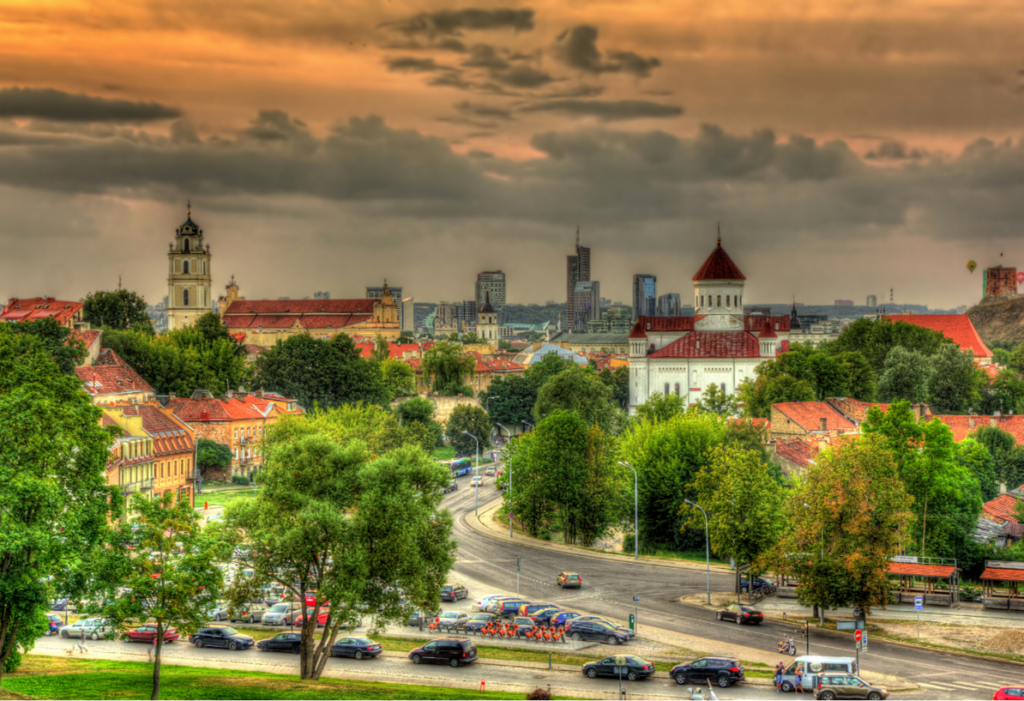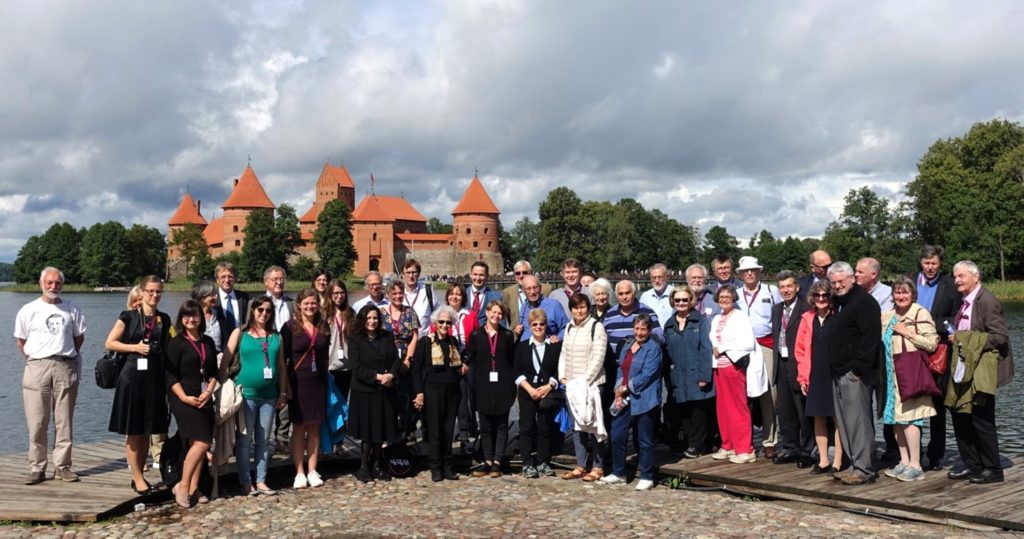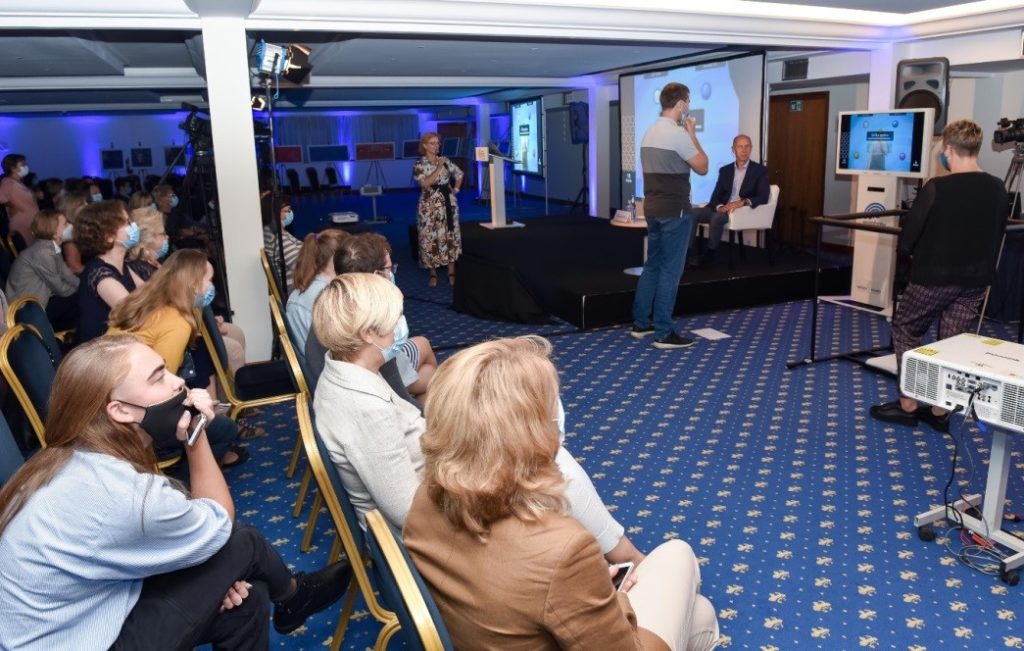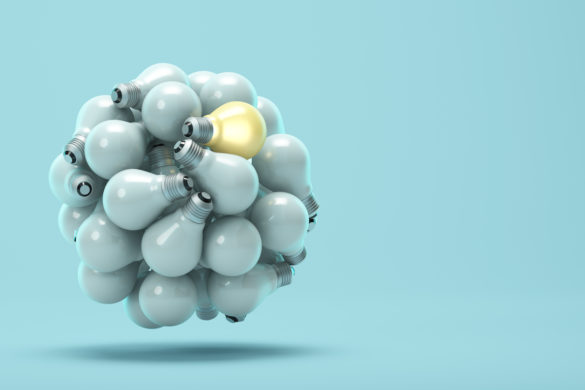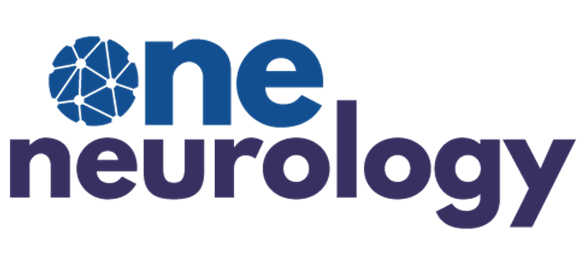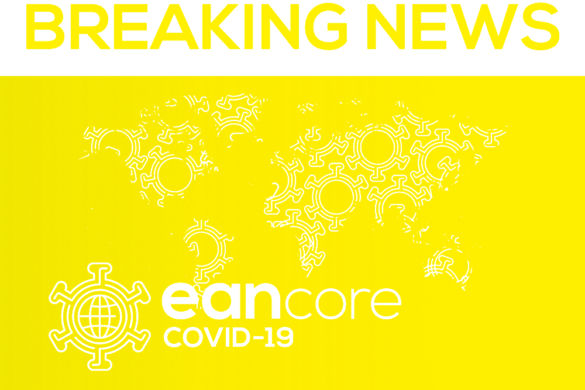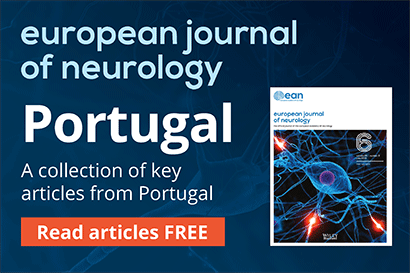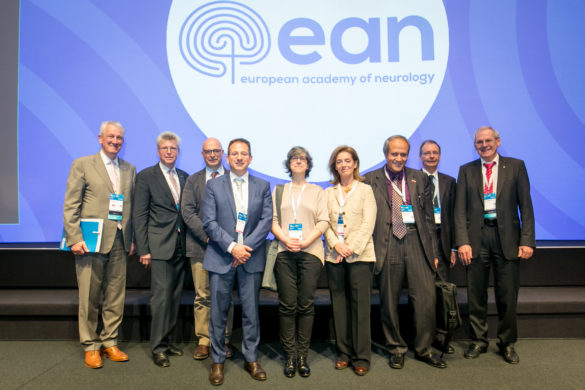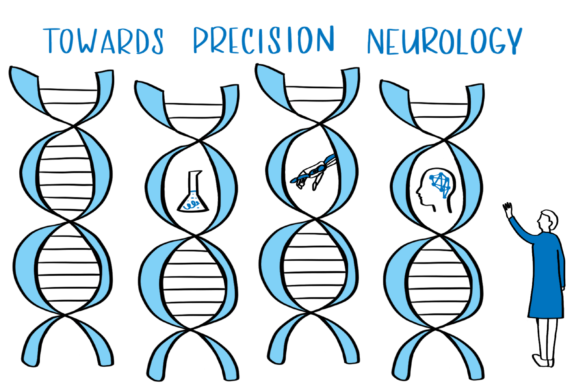Republic of Lithuania is a state in northern-eastern Europe, occupying 65.300 km2 area, with capital city of Vilnius and population of 2.794.000 inhabitants. Neighbors of Lithuania are Latvia, Belarus, Poland, and Russia. Form of Government – parliamentary democracy, with President, Government and Seimas (Parliament) as the head of the state. People of Republic of Lithuania announced independence on 16 February 1918, restored it on 11 March 1990. Lithuania is NATO member and member of European Union since 2004. National currency is euro. Most Lithuanians belong to Roman Catholic Church, but there are also Eastern Orthodox, Evangelical Lutheran, Reformed Church, Judaism, Islam and other religions in this state. Ethnic Lithuanians make up 84.2% of population, with 6.6% Poles, 5.8% Russians, 1.2% Belorussians and 2.2% of people of other nationalities. Average life expectancy in Lithuania is 73.7 years (female 79.1, male 68.1 years).
Lithuania is famous for its landscapes, flatlands, abundant forests, lakes and marches. In addition, the seaside with its sandy beaches where amber may be found and the Curonian Spit with its impressive images and dunes attract tourists as well. The nature is very important for Lithuania, so locals do their best to cherish it; there are many national parks and landscape reserves that are worth being visited. The largest cities of the country (Vilnius, Kaunas and Klaipėda) have many places of interest as well. They are famous for their historic parts, cycle-ways, abundant churches and museums. Vilnius Old City is included in UNESCO world heritage list and is considered one of the largest in East Europe.
If you really want to know Lithuania, you must first begin to get to know its people. Most Lithuanians are very sincere, hospitable and helpful, long-lived people. If you are tired of civilization, you will have an excellent opportunity to retreat from its pressures. You only need to go away from the big cities and travel where your heart and mind can rest – to seemingly endless forests, lakes, scattered all over Lithuania, rivers that cross the country or the unforgettably beautiful Curonian Spit bathed by the Baltic Sea. If, on the contrary, you are a truly urban person, you will find lots of things to do in Lithuanian big cities. There are numerous museums that have accumulated huge collections, national and private art galleries, the never-ending buzz of theatre and music halls, fascinating nightlife, a variety of entertainment options and sports events. Not to mention the national dishes and drinks, which must be tasted, if you would like to come home with new experiences.
Origins of neurology in Lithuania
Old Vilnius University
Vilnius University (https://www.vu.lt/en/) was founded in the 1579 by Jesuits in the multinational and multi-confessional city of Vilnius in the Catholic Grand Duchy of Lithuania. It was one of the oldest and most respected universities in Central and Eastern Europe, modeled after the Jesuit College in Rome, and had only two faculties: Philosophy and Theology. The Faculty of Medicine was founded in 1781, and special attention was paid to the promotion of natural sciences in accordance with the ideals of the Age of Enlightenment. Even after the abolition of the Polish-Lithuanian Commonwealth and final annexation of the Grand Duchy of Lithuania by the Russian Empire in 1795, Vilnius University maintained the same rapid pace of intellectual life, continuing to stimulate the formulation of new ideas in the natural sciences.
Little can be stated about courses involving the nervous system and its diseases or about how systems of medicine were taught in Vilnius before the 19th century. Jakob Marquart (1583 – 1658), a doctor of theology, had introduced the basics of human anatomy to philosophy students during the 17th century using Andreas Vesalius’ (1514 – 1564) De humani corporis fabrica. Also, after the Faculty of Medicine was founded in 1781, Stephanus Bisius (1724 – 1790), a physician of Italian descent, began to lecture on anatomy and physiology, including not only osteology, splanchnology, angiology, and myology, but also what would become neurology, this being between 1781 and 1787. Bisius was the first physician in Vilnius to publish an original study on nervous and mental diseases. This work was titled Responsum Stephani Bisii Philosophiae et Medicinae Doctoris ad Amicum Philosophum De Melancholia, Mania et Plica Polonica sciscitantem [“A Reply of the Doctor of Philosophy and Medicine Stephanus Bisius to the Question from the Philosophical Society About Melancholia, Mania and Plica Polonica”]. Additionally, as revealed in the curriculum of 1783-1784, Professor of Surgery Jacques Briôtet (1746 – 1819) lectured on external head wounds, concussions, subdural and intracerebral extravasations, and trepanation. Professor of Anatomy Joannes Andreas Loebenwein (1758 – 1820) lectured on the theory of sensibilitas [sensibility]. An Irish Professor of Therapy, John O‘Connor (1760 – 1801), lectured through the academic year of 1800-01 on the inflammatory diseases, including inflammations of cerebral membranes.
By the early-19th century, Vilnius University was the largest in the Russian Empire, based on student numbers and university departments. It remained a center of scientific thought and political freedom until it was closed by Russian imperial authorities in 1832, following the suppression of a Polish and Lithuanian national uprising in 1831. It was during this era, which was marked by an increased interest in new biological theories and clinical medicine, that Joseph Frank (1771-1842), Professor of Special Therapy and Clinical Medicine, and Andrew Sniadecki (1768 – 1838), Professor of Natural Sciences, were engaged in lecturing at the University. For example, Gall‘s theory of organology with its primary method of cranioscopy became well known and was generally accepted in the beginning of the 19th century in Vilnius. Johannes Andreas Loebenwein, a Professor of Anatomy at Vilnius University, had a rich collection of skulls of suicide victims and dead criminals in his anatomical cabinet, and used them for teaching Gall’s cranioscopic doctrine to his students. Physician Stanisław Morawski (1802 – 1853), a graduate of the University, described his medical education in his memoirs in 1823, mentioning dozens of human skulls, white as ivory, with all the organs marked using the system of Gall.
What is even more important, Joseph Frank and his father, Professor Johann Peter Frank (1745 – 1821) founded Vilnius Therapy Clinic in 1805, surgery Clinic was established three years later. Various nervous system diseases, including head traumas and brain “fungi” were diagnosed and treated in Vilnius clinics, operations were performed considering neurological symptoms. As doctoral theses, defended in the beginning of the 19th century in Vilnius University revealed, professors and students performed primitive neurological examination and estimated signs of brain compression. Dizziness, somnolence and stupor, stertorous breathing, headache and weakness of voluntary movements were evaluated, taking the side of hemiplegia as one of the most important signs. If the patient presented with serious head trauma which caused brain compression, but no external head injuries and signs of skull fractures were observed, then the side of limbs paralysis was evaluated and trepanation was performed contralaterally to paralysis, evacuating epidural or subdural hematomas. Even though the theory of cortical localization was very new and still controversial in the beginning of the 19th century in Europe, physicians from Vilnius clinics used the doctrine for practical purposes, choosing the side of trepanation, when epidural or subdural hematomas were suspected.
When Vilnius University was closed by Russian imperial authorities in 1832, and Faculty of Medicine – a decade later, Vilnius Medical Society remained the only scientific medical institution in the 19th and beginning of the 20th centuries, still open for doctors, pharmacists, and veterinarians, and a place where complicated cases of patients with nervous system diseases were discussed.
History of neurology in Kaunas
The Lithuanian University of Health Sciences (LUHS) (https://lsmuni.lt/en/) is the largest institution of higher education for biomedical sciences in Lithuania, successfully integrating studies, research, and clinical practice. LUHS history goes back to the times, when the Faculty of Medicine at University of Lithuania (Vytautas Magnus University) was established (16 February 1922). The Department of Neurological and Psychiatric Diseases was opened two years later, in 1924. According to the 1922 study program, the University provided a common course in neuropathology and psychiatry for the 5th year students of medicine.
On 4 June 1924, the Council of the Faculty of Medicine of the University of Lithuania approved Juozas Blažys as the Head of the Clinic of Neurological and Psychiatric Diseases and awarded him with the title of associate professor. The specialists of the department did internships and collaborated with neurological clinics in Riga, Helsinki, Königsberg, Berlin, Munich, Vienna and Prague. Specialists’ area of interest at the time was meningitis – serous and tuberculous. Head of the department prof. Viktoras Vaičiūnas published scientific works, which were reported in 1933-1934 in the famous German publication “Zentralblatt für die gesamte Neurologie und Psychiatrie”.
Prof. Vladas Lašas, the Dean of Medical Faculty, was one of the key persons who believed in the idea of establishing modern clinical basis for educating and training healthcare specialists and developing research activities. In the spring of 1936, the national ministers made an extremely important decision to build university hospital in Kaunas, with 518 beds. The design of the hospital was the work of Paris architects Urbain Cassan and Elie Ouchanoff, who won the competition for the hospital building project. The foundation stone of the hospital was laid in 1937 and the building of the largest hospital in Lithuania was finished in 1939. The hospital opened a year later, in 1940.
Department of Neurological and Psychiatric Diseases was expanded to the Department of Neurological, Psychiatric Diseases and Neurosurgery in 1985. The structure of all clinical Departments has been reorganized by unifying academic and clinical structures according to the separate specialties in 1991. The Department of Neurology now combines the academic staff of adult and pediatric neurology clinical units. Since 2006 this department has been headed by prof. Daiva Rastenytė.
Neurology in Lithuania today
Vilnius University Hospital Santaros Klinikos (VUHSK), established in 1974 in Lithuanian capital Vilnius, is one of the major hospitals in Lithuania encompassing the provision of medical care in almost all key areas (https://www.santa.lt/en/). The activities of the hospital include practical and scientific medicine, education of students and residents, continuing professional training of medical specialists. Modern management based on modern information technology solutions is applied.
In VUHSK Centre of Neurology (headed by prof. Gintaras Kaubrys), modern neurological diagnostic and treatment procedures are available, including electroencephalography and long term EEG video monitoring, polysomnography, electroneuromyography, evoked potential tests, transcranial magnetic stimulation, extracranial and transcranial color duplex sonography, modern computerized investigations for cognitive impairment, CT, MRI, CTA and DSA, PET and SPECT, intravenous trombolysis and mechanical thrombectomy for acute stroke treatment, immunomodulating treatment for multiple sclerosis, plasma exchange, botulinum toxin injections for focal dystonias and muscle spasticity, vascular surgery and stenting. Intraoperative neurosurgical technologies are available in the operation theater: ultrasound, neuromonitoring, neuronavigation system, intraoperative blood flow visualization and measurement. In the in-patient and out-patient departments, all neurological services and consultations are provided, diagnosing and treating adult cerebral and spinal vascular disorders, multiple sclerosis, epilepsy, sleep disorders, Parkinson’s disease and other movement disorders, Alzheimer’s disease and other dementias, inflammatory, degenerative, demyelinating, neuromuscular, peripheral nervous system diseases, headaches and back pain, vestibular, and other disorders of nervous system. In collaboration with Center for Hematology, Oncology and Transfusion Medicine autologous hematopoietic stem cell transplantations are successfully performed in patients with highly active multiple sclerosis (MS) who do not respond to second line therapy (24 patients with relapsing-remitting MS from 2013 to 2019, with no lethal outcomes during the study period).
Centre of Neurology is a practical training base for medical students of the Clinic of Neurology and Neurosurgery (leading by prof. Dalius Jatužis) at Vilnius University Faculty of Medicine. The Centre takes part in a number of international projects, trials and registries: SITS-EAST (Safe Implementation of Treatments in Stroke – prospective international database of acute stroke patients treated with reperfusion treatment), IRENE COST ACTION (Implementation Research Network in Stroke Care Quality – collaborative project with other stroke centres from Eastern, North and Central Europe). Along with Vilnius Gediminas Technical University and Vilnius University, Centre of Neurology investigates the biomechanics of Parkinson’s disease and multiple sclerosis, impact of modified dance therapy on motor condition and quality of life in early Parkinson’s disease. Another research priority of the Centre is cognitive neurology (National Science Program “Healthy Ageing”, research on synthesis regulation of proteins, associated with the development of Alzheimer’s disease, in cooperation with Vilnius University Institute of Biotechnology). In the field of epilepsy, the main research focus were related to rare epilepsies and factors that either provoke or inhibit the manifestation of seizures, assessment of different EEG techniques and EEG value for fitness to drive evaluations in people with epilepsy, accelerated long-term forgetting. Centre participates in pan-European project E-pilepsy, which is dedicated to improve awareness and accessibility of surgery for patients with epilepsy across different countries and International Multicenter European Register of Antiepileptic Drugs and Pregnancy (EURAP) (leading by prof. Rūta Mameniškienė).
Since 1996, the Centre of Neurology participates in international clinical trials of new drugs. More than 100 trials were conducted: trials of drugs, used in epilepsy, multiple sclerosis, Parkinson’s disease, migraine, and stroke were performed.
The Hospital of Lithuanian University of Health Sciences (HLUHS) Kauno klinikos is the largest healthcare institution in Lithuania (http://www.kaunoklinikos.lt/kk/en-GB/). Established in 1940, the Hospital has grown into one of the most prominent hospitals in the country. Department of Neurology provides secondary and tertiary level healthcare service for neurological and pediatric patients, offers undergraduate and postgraduate studies, conducts scientific research. The Neurology Department employs experienced and ambitious physicians specialized in many different fields of interest. Out of 47 doctors working in the clinic, 18 have a scientific degree, including 7 professors, and 4 – associate professors. Structure of the department of Neurology consists of 7 units. Seven functional centers are coordinated by specialists of the Department of Neurology. Patients’ yearly turnover is about 20,000 consultations for adult patients and 5,000 for pediatric patients. In-patient units for adult neurology have yearly admissions of about 2,400 patients, and for pediatric neurology – about 1,400 patients.
HLUHS Stroke Center provides acute stroke care for more than 600 000 inhabitants in the area. Around 600 stroke patients are treated in the Center every year. Being the biggest Center in the region, it has the most modern stroke management possibilities including intravenous thrombolysis (over 280 procedures annually) and endovascular treatment (over 140 procedures per year). Numbers in reperfusion therapy methods applied for the stroke patients treated in the Stroke Center are constantly increasing, and around half of stroke patients treated in the Center have been treated using reperfusion therapy. Modern stroke diagnostic methods, including CT, CTA, CTP, MRI, vascular ultrasound and angiography, are used to diagnose stroke etiology and location. The stroke center is a part of the ESO supported Angel’s initiative project, providing stroke center data to Res-Q ESO supported stroke management quality registry. The Center is participating in international Lithuanian – Icelandic study, investigating unilateral spatial neglect for stroke patients. The Center is participating in many clinical stroke studies, such as TWIST, Convince, Charm and Ten-CRAOS.
The Department of Neurology provides healthcare for adult and pediatric patients with epilepsy, following high quality international standards of evaluation and treatment. The main functions of the Epilepsy center (EC) are fulfilled in close cooperation with departments of Neurosurgery, Radiology, Genetics and Molecular Medicine, Laboratory Medicine and others. All types of EEG recordings are available, including long-term video – EEG monitoring, and invasive/ intra-operative EEG recordings. It is also possible to measure concentration of all antiepileptic drugs and access modern radiological diagnostic equipment – CT, MRI, PET, SPECT. Since 2019, EC has become an affiliated partner of the European Reference Network for rare and complex epilepsies (EpiCARE).
A comprehensive electrodiagnostic evaluation and differential diagnosis of neuromuscular diseases is carried out in the Clinic, including nerve conductions studies and electromyography (EMG), repetitive nerve stimulation, single-fibre EMG, transcranial magnetic stimulation, small fibre tests (sympathethic skin responses, cutaneous silent period), and short exercise test. Since 2019, Centre of Neuromuscular Disorders has become an affiliated partner of the European Reference Network on Rare Neuromuscular Diseases (ERN EURO-NMD).
The Multiple Sclerosis (MS) center specialists provide high quality care and management of diagnostics, treatment and long-term safety, following up MS and other demyelinating diseases patients in in-patient and out-patient care levels. Since 2011, MS center participates in an open not randomised biomedical research project “Multiple sclerosis patient long term follow up system” which is designed to gather epidemiological and clinical data of MS patients, as well as to create national MS registry in the future. MS specialists participate in several international clinical trials of new therapeutic agents.
Sleep lab in the Department of Neurology offers a full spectrum of sleep disorders diagnostics (video-polysomnography, multiple sleep latency test, actigraphy) and treatment options. Additionally, sleep-related research projects in sleep-wake rhythm biomarkers and stroke, sleep disorders in Parkinson’s disease and other neurodegenerative disorders are being performed.
Patients with various neurological conditions from both Lithuania and abroad have the opportunity to be treated with the Gamma Knife, which has been opened in 2019 in Kauno klinikos.
The newly established center of Memory and other Cognitive Impairment focuses on improving knowledge, research and education for professionals and public, as well as developing National Dementia strategy in Lithuania. Neuropsychological assessment, APOEε4 status, CSF (cerebrospinal fluid) biomarkers (amyloid beta, tau proteins), blood and CSF testing for autoimmune and paraneoplastic syndromes associated antibodies, as well as neuroimaging (extracranial and transcranial sonography, CT, MRI, FDG-PET, SPECT) are applied in routine clinical practice. The main directions of research are radiofrequency ultrasound diagnostics of neurodegenerative diseases and application of innovative management methods (“Drug development technology for Alzheimer disease by use of patient cell phenotype”, No J05-LVPA-K-03-0131, funded by Lithuanian Business Support Agency).
Current research projects include application of transcranial ultrasound investigations for the diagnostics of neurodegenerative diseases, European registries of stroke, pain coping strategies following traffic accidents in Lithuania, research and development of innovative evidence based non-invasive brain diagnostic and monitoring solutions for neurological patients, molecular mechanisms of pathogenesis of Alzheimer disease, and European registry of tuberous sclerosis.
COVID-19 and neurology
The substantial strain imposed by the pandemic on the medical systems worldwide caused significant concern regarding the potential ramifications on acute stroke care. Soon after identifying the first COVID-19 case in Lithuania, a strict national lockdown was declared on 16 March 2020. Interestingly, in Lithuania, the community spread and deaths due to COVID-19 during the first wave of the pandemic remained exemplarily low (a total of 1775 infections and 76 deaths as of 16 June 2020). However, strict restrictions on public life and reduced access to healthcare services, including primary care and preventive programs, as well as public fear of coronavirus, had affected stroke care. There was a significant decline in prehospital stroke triage quality during the lockdown, despite low COVID-19 incidence in the country. Moreover, an increase in hospital arrival delays and severe conditions presenting as stroke mimics were observed.
COVID-19 epidemic corrected the structure of the Department of Neurology in Kaunas and since December 2020, a COVID-19 subunit was established to treat tertiary level neurological and neurosurgical COVID-19 positive patients. The Department of Neurology of the Hospital of LUHS Kauno klinikos has joined the EAN Neuro-COVID Registry (ENERGY) in 2021.
The 24th volume (June 2020, see http://www.neuroseminarai.lt/en/2020-m-nr-284/) of neurological scientific journal Neurologijos seminarai was dedicated to COVID-19 and neurology. Changes in neurological examination during the pandemic, peculiarities of urgent neurosonological examinations, recommendations of acute stroke treatment, as well as MS treatment during the pandemic, management of COVID-19 encephalitis, epilepsy, sleep disorders, and inflammatory demyelinating polyneuropathies during the pandemic, medicinal products used for the treatment and prophylaxis of COVID-19 were covered in the volume.
Scientific and educational activities of Lithuanian association of neurologists
The first specialized national neurological scientific journal Neurologijos seminarai (“Seminars in Neurology”) (http://www.neuroseminarai.lt/en/) was founded in 1997 (its first chief editor was former longtime president of Lithuanian association of neurologists prof. Valmantas Budrys (1958-2015), from 2019 – prof. Rūta Mameniškienė). Now it is an official journal of the Lithuanian Association of Neurology, the Lithuanian Association of Child Neurology and the Lithuanian Society of Neurosurgery. This journal is included in the international EBSCO and Index Copernicus databases.
Lithuanian association of neurologists (current president – prof. Dalius Jatužis) actively participates in the organization of educational activities, including very popular traditional Summer Schools of Neurology (since 2003), conferences and seminars. In July 2019, very successful 24th Meeting of the International Society for the History of the Neurosciences (ISHN) was held in old Vilnius university, with mission to improve communication between individuals and groups interested in the history of neuroscience, promote education and research in the history of neuroscience in Lithuania and worldwide. Furthermore, the first International Congress on Brain, Heart and Kidney (BHK) was hosted in 22-24 October, 2020 in Vilnius, and proceeded in a hybrid fashion. Neurologists, cardiologists and nephrologists from all over Europe participated in this unique event with live or virtual presentations and debates on various multisystem disorders with brain, kidney and cardiovascular system involvement.


